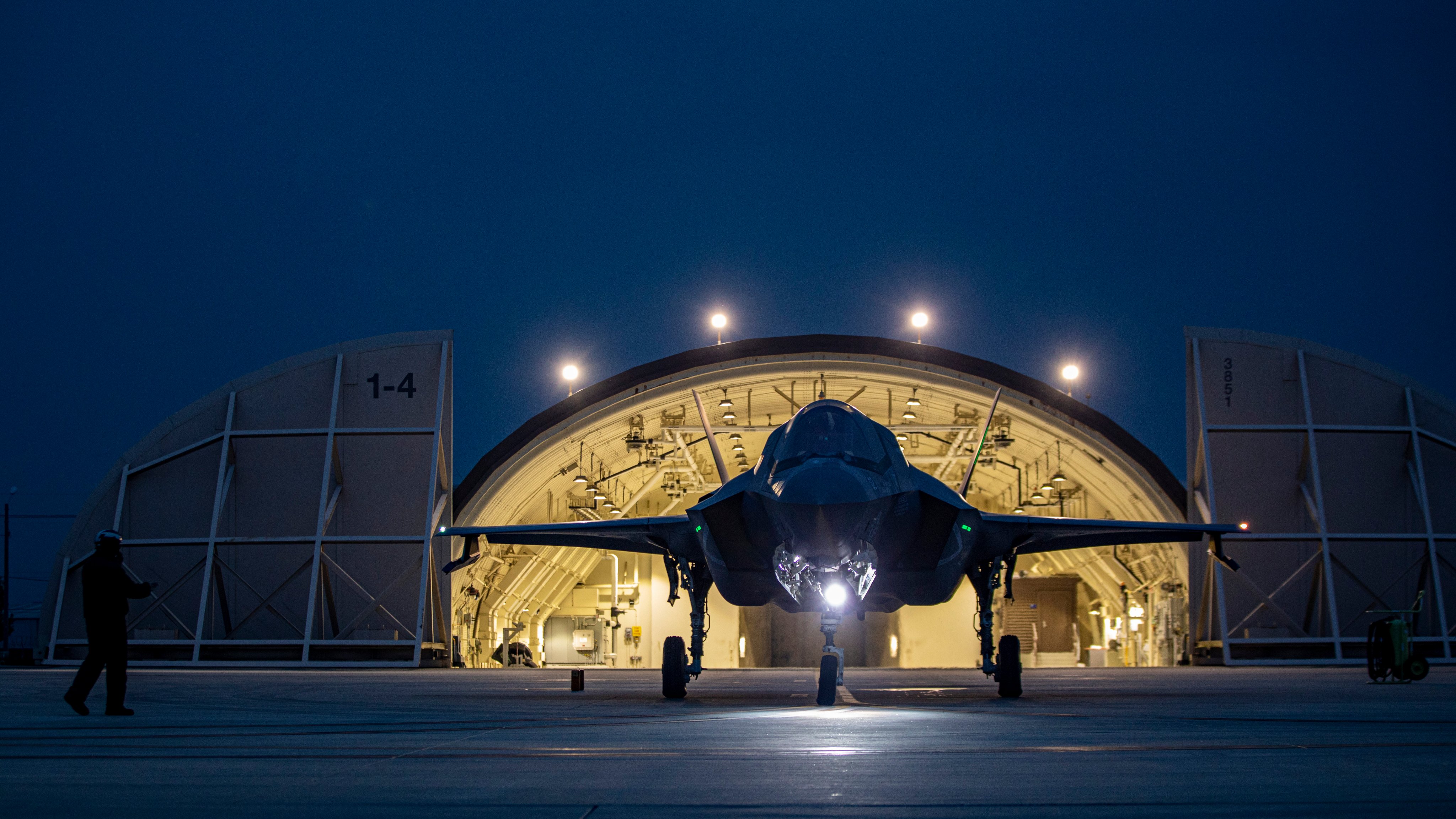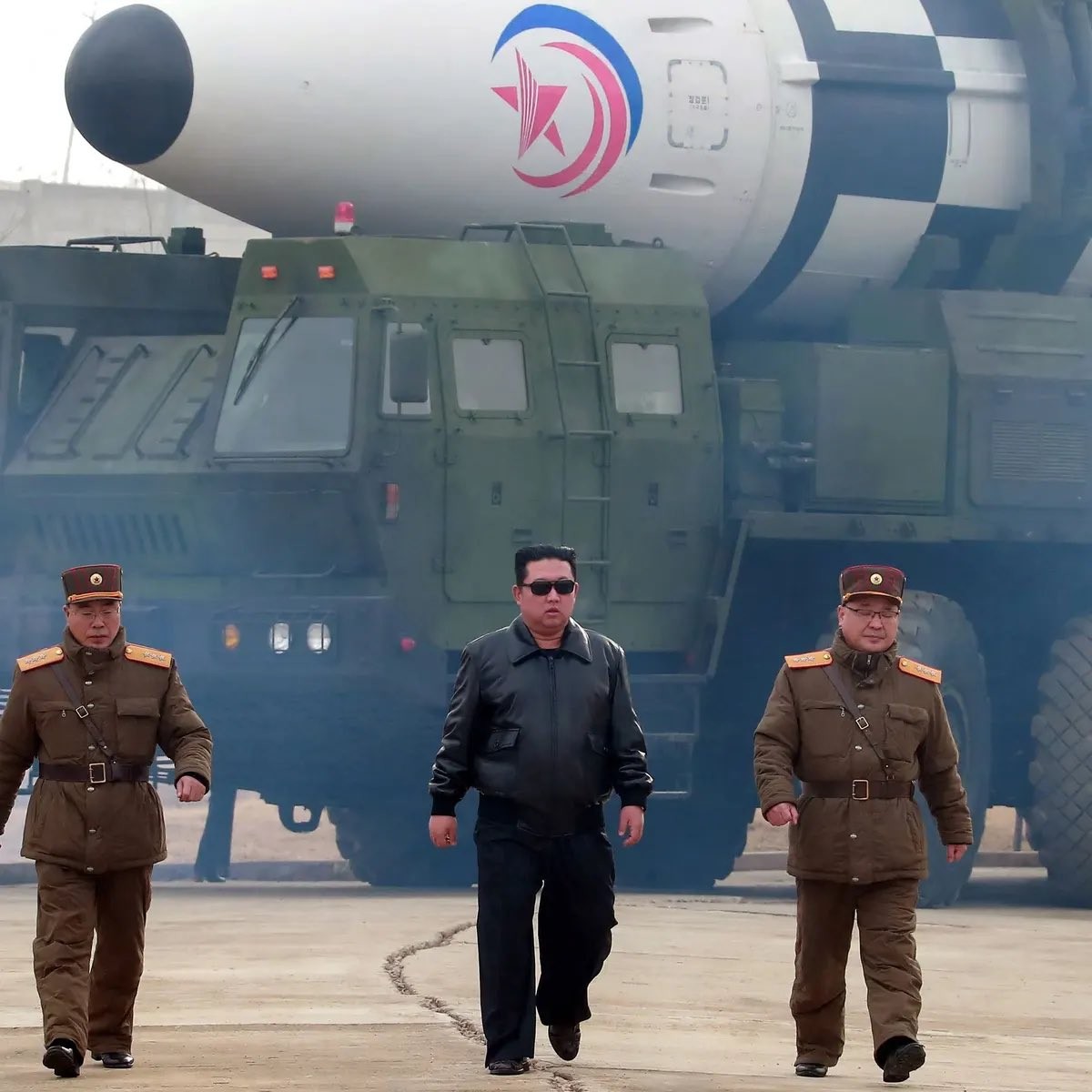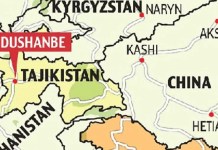The South Korean military carried out a large-scale aerial exercise on May 14. Its focus was on thwarting attacks similar to Iranian strikes on Israel, where the Islamic Republic fired 300 projectiles towards the Jewish nation.
The exercises, involving multiple branches of the military, were crafted to simulate scenarios reminiscent of recent strikes against Israel by Hamas and Iran, encompassing a spectrum of threats ranging from drones to ballistic missiles.
Led by high-ranking officers from the Republic of Korea (ROK) Air Force, Army, and Navy, the drills saw a convergence of assets and forces in what the Air Force Operations Command described as the “largest-ever” exercise.
The military exercises aimed to enhance preparedness for potential airborne provocations and were conducted in tandem with civil anti-air raid drills across South Korean government and public facilities.
Lieutenant General Kim Hyung-soo, the ROK Air Force Operations Commander and head of the exercise, emphasized the critical role of swift and effective responses in determining the outcome of any conflict.
The centerpiece of the drills was the “combined response” training held in an undisclosed “frontline area,” where various types of aerial vehicles were simulated infiltrating South Korean airspace on a large scale.
The scenario included manned and unmanned aircraft, cruise missiles, and ballistic missiles, reflecting the multifaceted nature of modern threats. Around 800 aerial targets, both real and simulated, were employed throughout the drills, prompting South Korean forces to coordinate their responses across various altitudes and environments.
Military assets, including fighter jets such as the F-35A, the F-15K, and the KF-16, and missile systems like Patriot and Cheongung, also participated in the drills.
Each unit had to neutralize enemy aerial targets within their designated zones, underscoring the importance of integrated defense capabilities.
The participation of naval assets, including an Aegis-equipped ship, further demonstrated South Korea’s comprehensive approach to safeguarding its airspace and territorial integrity.
The drills come amidst heightened tensions on the Korean Peninsula, with North Korea’s provocative actions continuing to pose a major security challenge for Seoul. Such large-scale military drills by South Korea aim to bolster deterrence and readiness, sending a clear message to Pyongyang.
Can South Korea Defend Like Israel?
On April 13, Iran launched over 300 weapons on Israel, comprising 185 drones, 38 cruise missiles, and 10 ballistic missiles.
These aerial weapons were launched from within Iranian territory during a five-hour assault but were intercepted before reaching Israel, which is over 1,100 miles away from the launch sites.
US Unveils NGAS Aircraft Concept That Could Make Its F-35, F-22 Jets ‘Double Capable’ To Fight China
In the aftermath of the attack, Israel’s military claimed that it intercepted “99%” of the projectiles launched by Iran, with only “a small number” of ballistic missiles managing to breach Israel’s defenses.
This garnered significant attention globally, especially from Seoul. South Korea’s interest stems from its past challenges in countering drones, particularly those originating from North Korea.
Last year’s surprise assault on Israel by Hamas also spurred South Korea to assess its air defense capabilities. The South Korean military said that the latest training session was organized to test the response tactics developed during a recent meeting of the South Korean military.

The goal is to enhance strategies for safeguarding ROK airspace from potential large-scale enemy intrusions.
“Not only recent enemy provocation patterns but also Hamas-style surprise attacks, air bombings between Iran and Israel, among other recent aerial provocations, were analyzed to enhance our military’s joint capability to respond to all air threats,” the South Korean military said.
The urgency of such training was underscored by South Korea’s past failures to promptly detect and intercept North Korean drones that breached its airspace, even reaching the capital city of Seoul in December 2022.
The drills provided a simulated environment for testing and refining air defense tactics, addressing concerns about the difficulties in intercepting drones and cruise missiles due to their maneuverability and low-altitude flight.
However, experts suggest that in contrast to Iran’s attack on Israel, which relied on long-range missiles and drones, a potential conflict between North and South Korea would present a distinct array of challenges for Seoul to address.
Patricia Marins, a Brazil-based Defense expert, told the EurAsian Times, “While the South Korean arms industry is very modern and is becoming a global competitor, it still depends on Western components. In the event of a war, the only way to supply South Korea would be by sea, under enormous challenges. So when we consider the conflict on the peninsula, the capacity to supply and prolong the war is the main issue.”

Marins explained, “The North Koreans don’t need anything except what can be supplied by neighbors Russia and China. Seoul’s vulnerability is another significant concern. North Korea’s 300mm and 240mm rockets are capable of reaching the South Korean capital, and despite some propaganda, a significant percentage of these rockets can penetrate most anti-air systems. I’m talking about several hundreds of rockets, drones, and missiles being launched simultaneously.”
She suggested, “From the South Korean side, the response would also involve short-range missiles and rockets reaching North Korean cities. This is where this conflict differs from the hypothetical Israel vs. Iran scenario, in which only long-range drones and missiles would be used. In that case, air defenses can work much better than in the short distances characteristic of the Korean peninsula.”
In general, the potential war between South and North Korea would diverge significantly from the Iran-Israel conflict and would present substantial logistical and operational challenges for the South Korean military to navigate.
- Contact the author at ashishmichel(at)gmail.com
- Follow EurAsian Times on Google News




